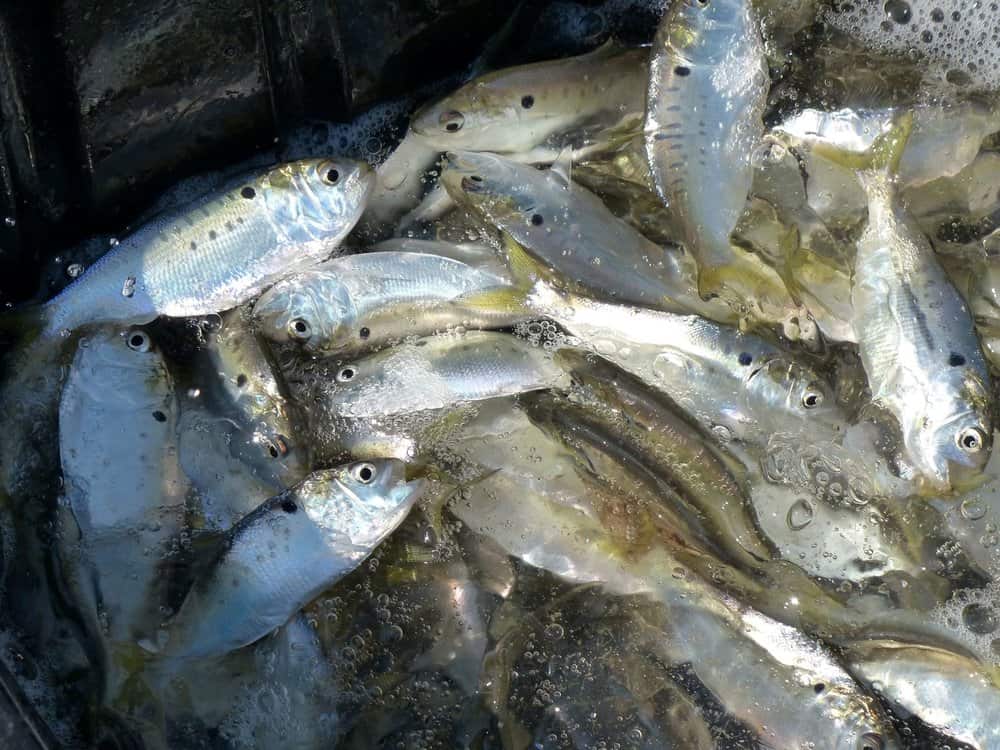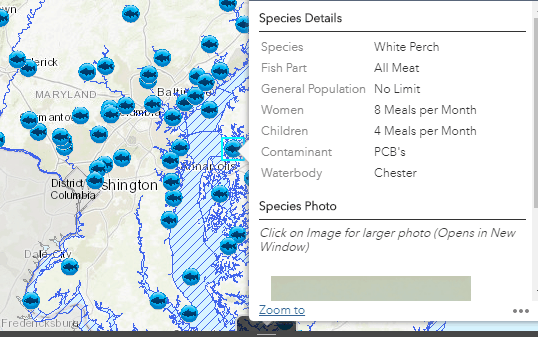Note: To watch a live stream of the menhaden management meeting and decision, click here to register. The meeting runs from 1 p.m. to 5 p.m. Monday and 8 a.m. to 5 p.m. Tuesday.
Frank Marenghi, Maryland DNRThe menhaden is an oily little fish that makes a big impact on the Bay’s economy and environment—and continues to be at the center of an ongoing debate surrounding the fishery.
On Monday, representatives of 15 East Coast states and the federal government will decide how much menhaden fisheries can take out of the Atlantic Ocean.
They will have to strike a careful balance between the menhaden industry, who want higher harvest limits, and anglers and environmentalists, who argue that menhaden is an important prey species that other fish and wildlife depend on.
Since 2015, the Atlantic States Marine Fisheries Commission (ASMFC) has been working on Amendment 3 to the Atlantic Menhaden Fisheries Management Plan. The goals of the amendment are to develop ecological reference points (recognizing the menhaden’s importance as a feeder fish for important species like striped bass) and revisit the amount of menhaden each region is currently allowed to fish from the Atlantic, as well as the total harvest limit.
The Atlantic menhaden industry is made up of two fisheries: the reduction fishery, in which menhaden are processed into things like fish oil or fish meal, and the bait fishery, in which menhaden provide bait to other (mostly commercial) fisheries.
The last time ASMFC amended the Fisheries Management Plan, menhaden were being overfished, potentially throwing off the balance of the food chain. But the latest benchmarks of menhaden stock, taken in 2015 and 2017, find that menhaden are no longer being overfished. “The resource is abundant and healthy,” says Tina Berger, spokesperson for ASMFC.
Now, the commission will attempt to account for the number of menhaden that should be left in the water as forage fish for predators, and not just account for the number that should be taken out.
But exactly how and when ASMFC will proceed with adopting ecological reference points has to be decided.
ASMFC has given the public an opportunity to comment over several months, holding 15 public hearings, and receiving more than 158,000 written public comments. The board will consider those as well as the reports made by an advisory panel when the board meets.
The meeting will be crucial for the board members’ decision: Berger says many of them aren’t clear yet on where they stand. “I could not predict where it will land,” she says. There will be 18 votes among the commissioners.
The meeting is from Monday November 13 at 1 p.m. until Tuesday November 14 at 5 p.m., at the BWI Airport Marriott in Linthicum Heights. The meeting is open to the public, and ASMFC expects at least a couple hundred people to attend; click here for more information.
-Meg Walburn Viviano




